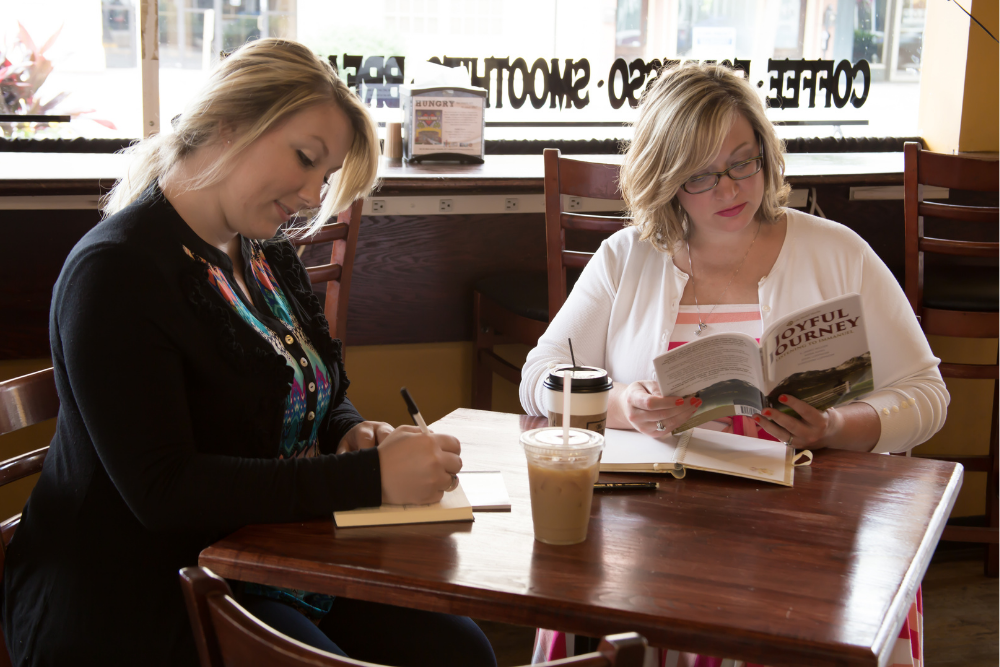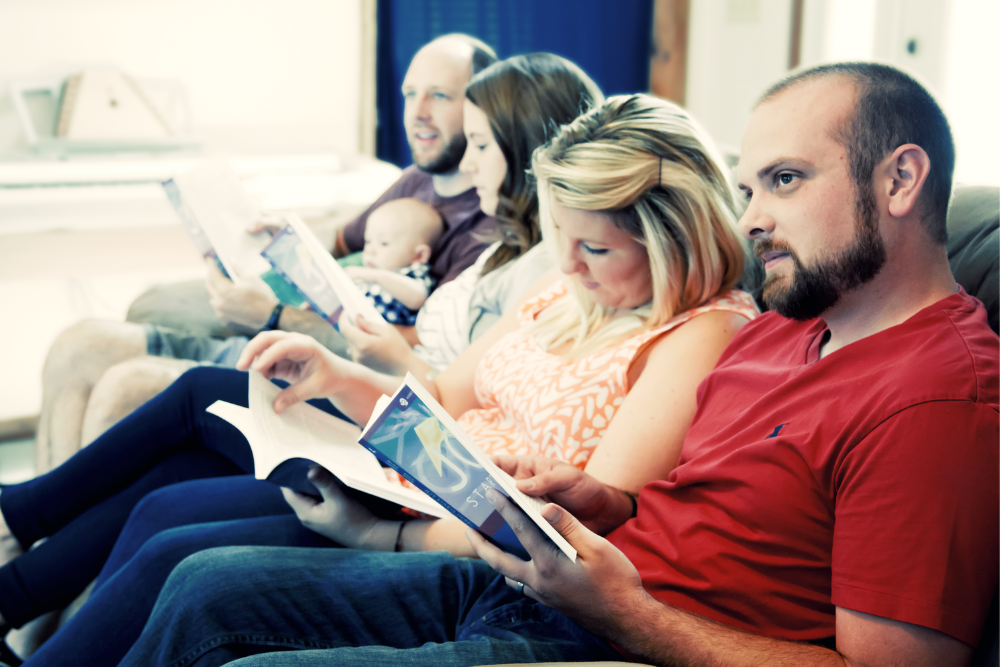There is no way to avoid it, we all need relational skills. The problem is most of us don’t realize that we are missing some!
Not until we start having problems in our relationships; or we notice that we keep repeating the same relational speed bumps over and over again.
When learned in the early years, relational skills are so natural that we don’t really realize that there is any other way. Kind of like walking.
When in a situation that calls for walking, our brain knows exactly how to call our muscles into action. We don’t necessarily remember all the steps, we don’t consciously think “engage the quadriceps now, lift up the leg while simultaneously bending the knee” etc., etc.
We just walk!
Relational skills can work in a similar manner.
If our parents have them, our brain sees them modeled just like we see walking modeled. Before long, we are using them just as naturally as our parents do. We might stumble a bit in the beginning but there’s no doubt in our mind that we will grasp this skill soon.
But, as we all know, there’s a large group of us that didn’t quite learn all the relational skills naturally from our parents.
What are the steps to learn these simple, basic relational skills, so we can avoid the speed bumps in our relationships?
Step 1: Awareness
I believe the first step is awareness. Unless we become aware of the skills we are missing, we’ll just continue doing things the same way.
Awareness involves lots of left-brained things like reading this blog or the many resources that Life Model Works has to educate us about these skills.
Now, I must warn you, be careful with thinking “Knowledge is everything.” If we stop at Step 1, we leave out the “below conscious level” learning.
Left brained awareness and book knowledge is all conscious.
(like “lift quadriceps, bend knee, swing foot forward” is a conscious description of walking.)
We want more than that! We want our learning to go deeper to where we don’t have to think about it so much – we want a habit!
Step 2: Intentionality
So, what do we do with all this awareness and education we’ve gathered?
We can decide to take the next step. We become intentional about training- and looking for healthy models. (No- not super models- Relational Models!)
Speaking from experience, I know that changing behaviors, habits, or anything else never happens by accident. I usually need to set a goal and then break it down into manageable steps that I can easily tackle without feeling overwhelmed.
Step 3: Practice
“Practice makes perfect.”
That’s what my violin teacher told me in the 4th grade.
Sadly, I never did take her advice… I only practiced a little bit- and my attempts at playing the violin never progressed beyond the “cats fighting in an alley” stage.
With Relational Skills, practicing is how we move information from the left brain into the right brain. Practicing gives us the experience portion of learning.
Let’s look at how we can Practice Skill 4: Create Appreciation.
Life Model Works has already broken it down into manageable steps for you! In fact, it is one of the first relational skills that you’ll come across in most of their materials.
Whether you start with Joy Starts Here, Restarting, or Joyful Journey- or even my own book The Bridges of Chara… you’ll get plenty of chances to begin practicing appreciation.
Practicing appreciation can be done internally, between you and God. Or, it can be vocalized to a friend. (BONUS TIP: Sharing your practice with a friend multiplies joy as they get invited to share your story with you!)
There are 4 key elements in an appreciation exercise that will help your brain grow new neuropathways towards an appreciative baseline that has mastered Skill 4.
- Set the scene– this is your chance to play “author.” The first stage is to describe what’s going on in your appreciation memory – a specific memory from your own life. Tell the story! You can even start with “Once upon a time” if you want. Let your mind wander over the memory and unravel what was happening. Every good book enables the reader to “see” and “feel” what’s going on. Every good appreciation exercise does the same for the teller and the listener.
- Feel with your Heart– this is where we start describing our emotions. Let yourself feel whatever you felt in your memory. Explore your emotions. Break down “appreciation” into other emotions specific to your situation. Spend some time on this step. It’s not just an opportunity to check off a few words- it’s a chance to recreate the same emotional and chemical set up in your brain as the original event.
- Feel with your Senses– how did your body take part in this event? Describing body sensations is generally the hardest step for most people. To make it easier, think about how your body responds when you feel all those feelings from #2. Start with right now; if you’re really feeling it again then your body will be responding in a similar manner. Do a body scan in the present and then consider, “Did my body feel like this then?” Go through your senses- did you touch something? How did it feel? Did you smell something? What about your facial expressions? You’ve probably never thought about it before, but when you smile, your cheeks rise up and your eyes either squint or widen. Connecting with what our body felt with our story is an important step for allow us to connect the left hemisphere’s “words” with the right hemisphere’s “experience.” This is good! We want to have a brain that is synchronized and using both hemispheres.
- Identity Maker– who am I? The goal of our appreciation exercise is really to rewire our brain to a stable place of appreciation rather than a baseline of stress and fear. We want this to become our new normal. So we ask ourselves for a snapshot that will get filed away in our new joyful identity center. We ask ourselves, “What’s it like me to do when I feel this way?” or “How did I act/respond to this appreciation moment?” Recognizing “what it’s like me to do” during appreciation builds up our identity and helps us to see who we are more clearly.
Practicing appreciation is just what it says- it’s a practice.
During Relational Skills Training there will be ups and downs as you stumble through the steps. Some days it will seem easy, and other days harder.
But soon, you won’t really be practicing anymore. Your Relational Skills, like walking, will come naturally.
So, what do you think? Are you ready to try?
It’s not too late to register for THRIVE where they put all 3 of these steps into action with you!









